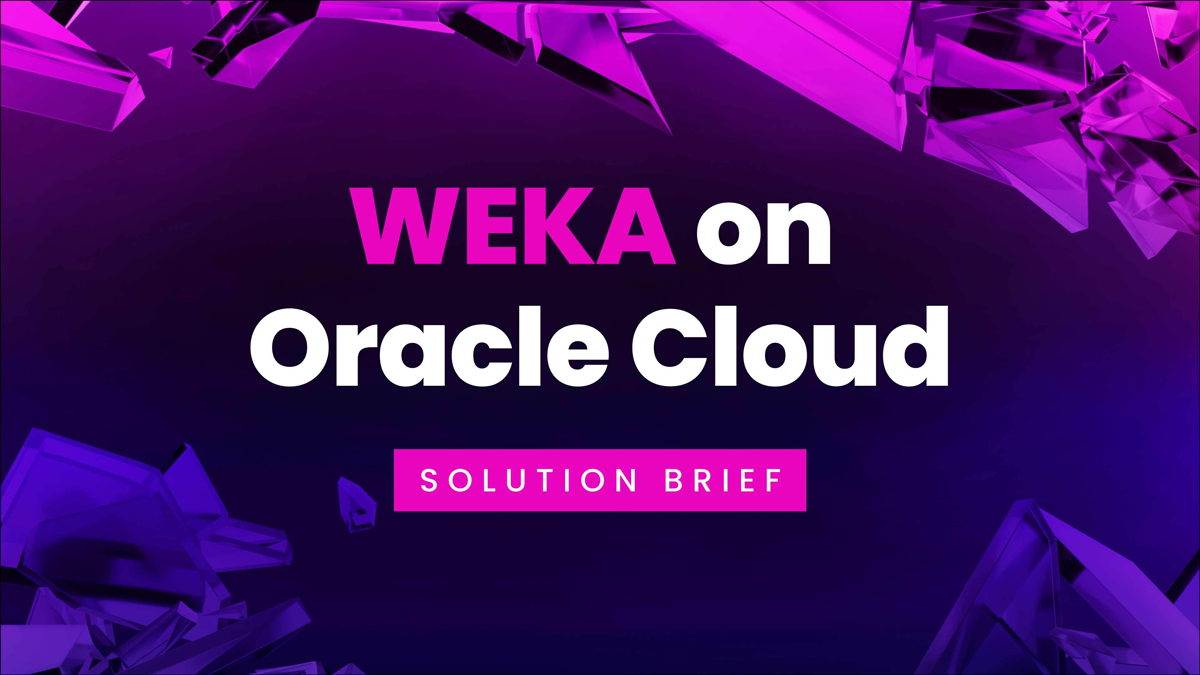What is Multi-Cloud Architecture? Why Does It Matter?

We discuss how multi-cloud architecture works, what you need for multi-cloud architecture, the components required, and how to overcome common challenges.
What is multi-cloud architecture? The multi-cloud architecture utilizes cloud services from multiple vendors to have the best business solution for different application needs.
What Is Cloud Infrastructure and Architecture?
The “cloud” is a collection of distributed computing and software resources that act as a single processing entity. Underlying any cloud system, regardless of how unified it appears to the end-user, is an interconnected architecture of hardware, software, and network components.
More often than not, the underlying infrastructure of a cloud system includes the following components:
- Storage: Cloud platforms store and process massive quantities of data and need places to store that data. Cloud information is often stored in one of two places: high-availability (HA) storage or longer-term backup storage.
- Compute: Processing services, often running either backend or frontend applications, process both data from the cloud storage servers and input from users to handle the overall purposes of that cloud space.
- Networking: Cloud environments require fast and reliable networking between machines… reliability and speed that doesn’t come from plain old Wi-Fi or Ethernet cables. Many cloud systems use high-capacity coaxial or fiber optic cables to connect disparate systems.
Cloud architecture is built on top of this infrastructure. It references the different types of designs, organizational approaches, and blueprints by which those infrastructure components can be put to use in different and effective ways.
With these components, providers usually offer some combination of public and private cloud, with the former using shared hardware resources and the latter on dedicated (often on-prem) hardware.
To expand the functionality of cloud systems, engineers have developed two different approaches to large cloud architectures:
- Hybrid Cloud: A combination of public and private systems with the same provider to support mixed cloud demands.
- Multi-Cloud: A collection of public cloud infrastructures, through different providers, to deploy more complex cloud systems.
What Are the Advantages of Multi-Cloud Storage?
Multi-cloud infrastructure is relatively new and made precisely by improved networking and computing resources performance and capabilities. Specifically, these improvements have led to the feasibility of linking several different cloud environments as components of a single platform.
Some of the benefits of a multi-cloud architecture are:
- Vendor Flexibility: In the cases of public/private/hybrid environments, you are usually stuck using a single vendor. Thus, when you ever decide to switch vendors for a single component change (such as storage), then it’s that much harder to do because you count on that vendor for interoperability. On the other hand, multi-cloud architecture allows you to distribute different parts of your cloud system to various vendors and on different services (such as individual instances of PaaS or IaaS environments). This means that multi-cloud architecture is a solid way to avoid vendor lock-in.
- Cost Optimization: Because multi-cloud architecture is primarily used with public cloud systems, it can become much easier to optimize costs as compared to systems that use private systems (which tend to be more expensive).
- Geographic Support: With distributed cloud vendors, it becomes much easier to use multi-cloud to support users in multiple geographic locations, either to provide better performance or to launch applications in localities unsupported by one of your vendors.
- Production and Testing Environments: Multi-cloud can support more comprehensive testing and production environments where entire cloud architectures can be replicated across multiple vendors.
What Are the Types of Multi-Cloud Architecture?
Not all multi-cloud architectures are created equal, and following that, several types of architectures can support different engineering and operational demands.
Some of the more common multi-cloud architectures on the market include:
Distributed Deployment
Distributed deployment, as the name suggests, refers to the distribution of cloud architecture jobs across multiple systems. These architectures include:
- Tiered Hybrid: In one of the few instances where a multi-cloud includes private or hybrid cloud elements, your organization may look to tier their resources for frontend and backend applications. On the backend, you may use hybrid or private cloud vendors to support data-driven server architecture and processing power over mission-critical data while offloading frontend apps to public systems where performance and accessibility are critical.
- Partitioned Multi-Cloud: This architecture involves using different vendors to support different aspects of your architecture. From storage to compute, high-availability data stores and secure data platforms for regulatory purposes, you can use different providers for specific application components.
Redundant Deployment
Redundant systems focus on the necessity of having redundant systems for backup, emergency recovery, or regulatory purposes. These deployments will often include heavy investments into orchestration and load balancing.
Some redundant deployments include:
- Active-Active: Your application is spread across multiple system nodes, each of which can be a different provider. A load balancer controls traffic to and from those systems to support performance and availability. If one of the nodes goes down, the balancer can route user traffic to the others without a break in service.
- Active-Passive: Similar to active-active, but with a single or limited set of nodes and another set of “passive” nodes. If one of the active nodes goes offline, then a passive node is activated to take control of the same activities. This system requires significant investment in backups and synchronization to ensure that passive nodes remain identical to their active counterparts.
- Public-Private: A public-private multi-cloud system where public systems are used as public-facing applications and private cloud vendors are secured behind firewalls or other security measures.
Power Your Applications with Multi-Cloud Architecture Managed by WEKA
Advanced research and enterprise applications call on more powerful cloud environments to serve users effectively. Additionally, researchers and engineers are always looking for a way to deploy cloud environments better to promote security, compliance, and performance.
WEKA provides the software architecture necessary to power multi-cloud and hybrid cloud architectures supporting AI and machine learning applications, genomic sequencing, or high-performance analytics.
With WEKA, you get the following features:
- Streamlined and fast cloud file systems to combine multiple sources into a single high-performance computing system
- Industry-best GPUDirect performance (113 Gbps for a single DGX-2 and 162 Gbps for a single DGX A100)
- In-flight and at-rest encryption for governance, risk, and compliance requirements
- Agile access and management for edge, core, and cloud development
- Scalability up to exabytes of storage across billions of files
To learn more about WEKA GPU multi-cloud systems, contact our team today.




